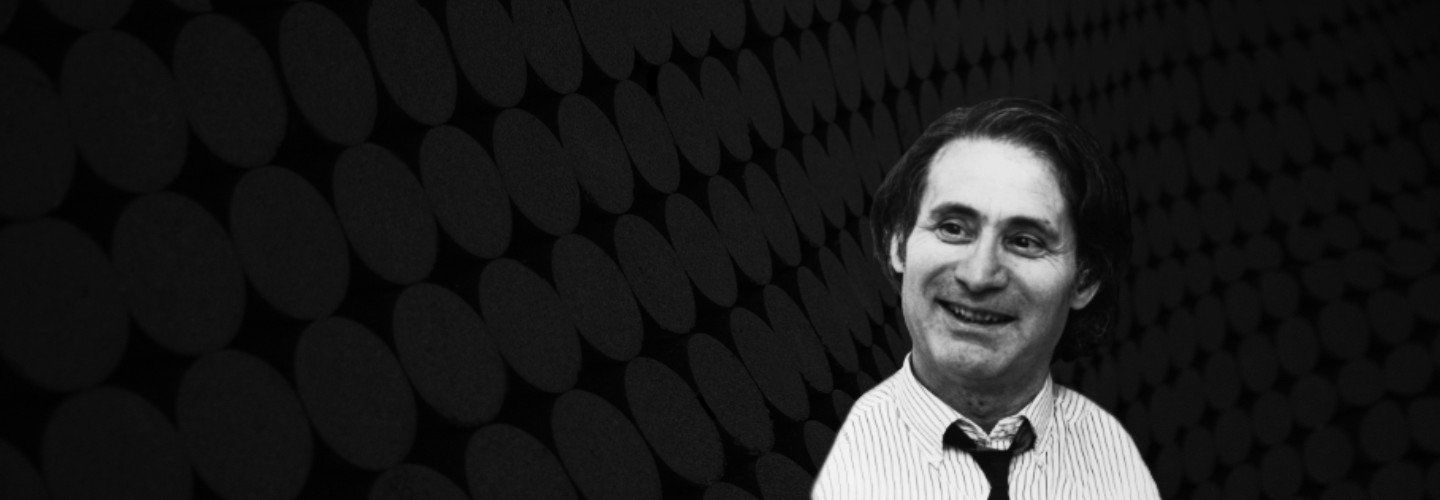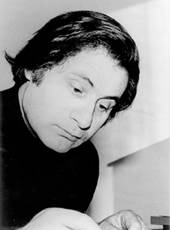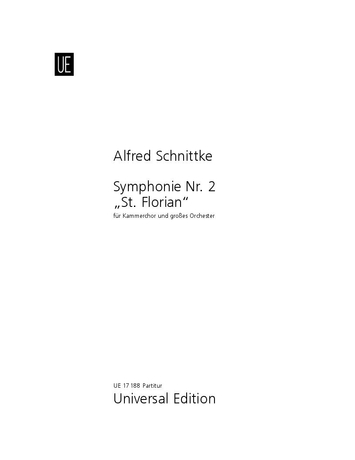

Alfred Schnittke
2. Symphonie
Short instrumentation: 4 4 4 4 - 4 4 4 1 - timp, perc(8), 2 hp, cel, pno, hpsd, org, e.guit und bass guit - str(12 12 8 8 8)
Duration: 55'
Dedication: Herrn Alfred Schlee zum 80. Geburtstag herzlichst gewidmet
Instrumentation details:
4(1. and 4. also alto-fl., 2. and 3. also picc.) 4(3. also oboe d'amore) 4(also c.a) 4 4 - 4 4 4 1 - timp., perc.(6), vib., marimba - 2 hp., cel., pno., hpsd., organ, electric guitar and bass guitar - strings: 6. 6. 4. 4. 4
Schnittke - 2. Symphonie for chamber choir and large orchestra
Printed/Digital
Translation, reprints and more

Alfred Schnittke
Schnittke: Symphony No. 2 for chamber choir and large orchestraOrchestration: for chamber choir and large orchestra
Type: Partitur
Language: Lateinisch
Audio preview
Work introduction
Alfred Schnittke’s Symphony No 2 is based on the composer’s personal experience in the Austrian collegiate church of St. Florian, which he visited during a trip with friends to the Lockenhaus Chamber Music Festival in 1977. Schnittke describes this experience and his symphony’s origin and conception as follows:
"We reached St. Florian at dusk, when Bruckner’s grave was already closed. The cold, dark baroque church had something mysterious about it. Somewhere in the church a small choir was singing the evening mass: a 'Missa invisibilis'. On entering the church, each of us went in a different direction – to let the cold and powerful size of the building affect each of us alone.
A year later, I received a commission from the BBC Symphony Orchestra for a concert programme which was to be conducted by Gennadij Roshdestvensky. First of all my thoughts turned to a piano concerto; Roshdestvensky however put it to me that I should compose a work dedicated to Bruckner. As I had no ideas on this subject, Roshdestvensky said: 'How about something connected with St. Florian?' That was precisely the right answer. I immediately thought of an 'invisible mass' – a symphony against a choral background.
The movements of the Symphony No 2 follow the traditional order of the mass, and in the choral sections liturgical melodies are quoted. Can a form that ends with the words 'Dona nobis pacem' – give us peace – ever be surpassed?
All the harmony in this symphony is constructed according to the principle of a cross, as too is the form. How, though, can one build up a chord according to the principle of a cross? In this case it results in two chords intermingling; they are not symmetrical, but their intermingling produces a symmetry against which a horizontal motion reacts, so that visually, on the page of the score, a cross appears. I have pursued this thoroughly. It was very important for me to find such a principle of construction, especially for the Credo.
This symphony may at the same time be a mass, but there is less of the mass than of the symphony about it, because the elements which refer to the mass are mostly confined to the beginnings of the movements. A Gregorian hymn is quoted (or two, or one in canon with itself), and then orchestral material is added which is mostly independent and has nothing to do with the chorales – but which is an extension of the chorale. In the process everything vertical is strictly controlled. Everything must accord with the principle of the cross."
Alfred Schnittke
